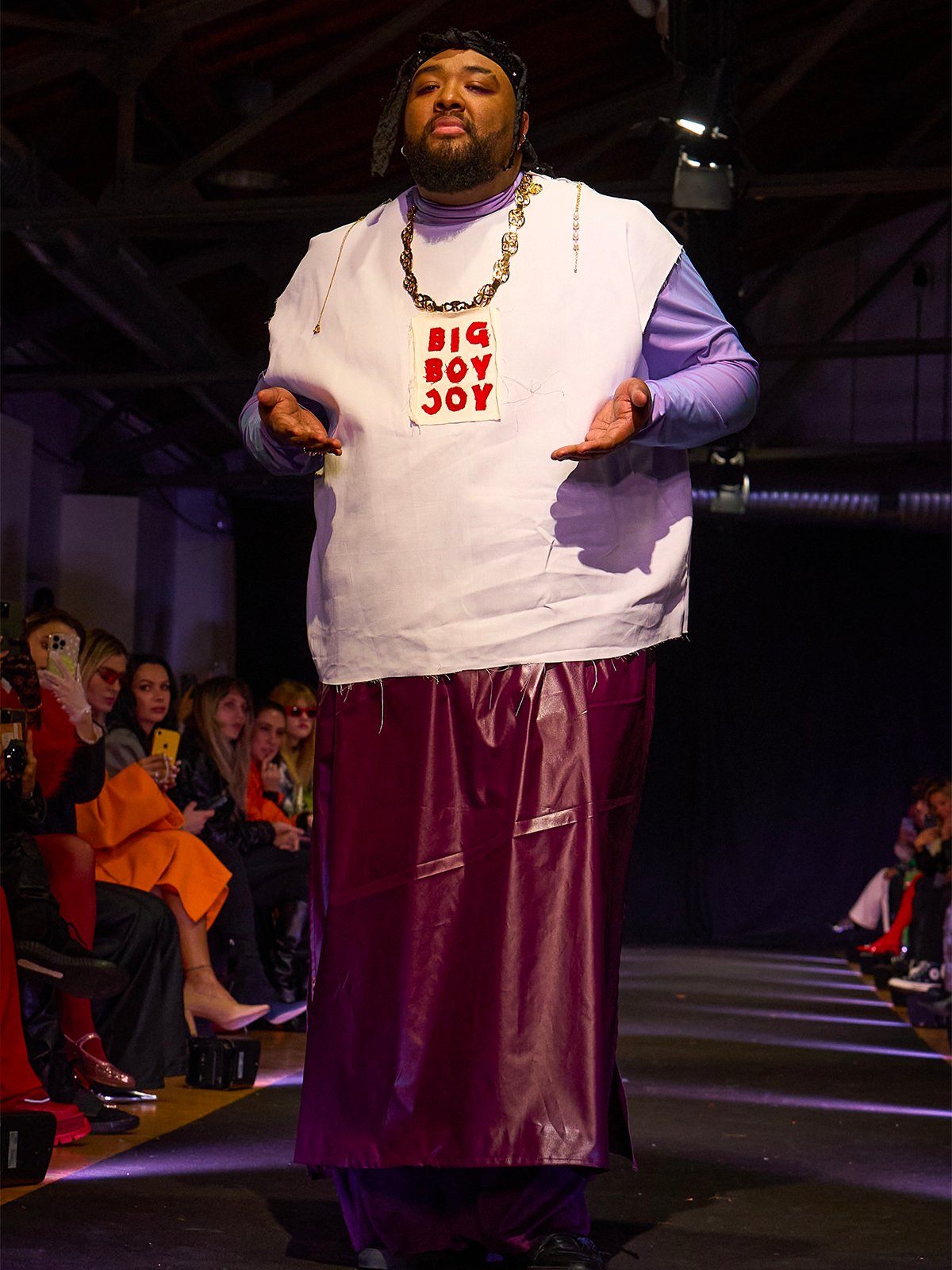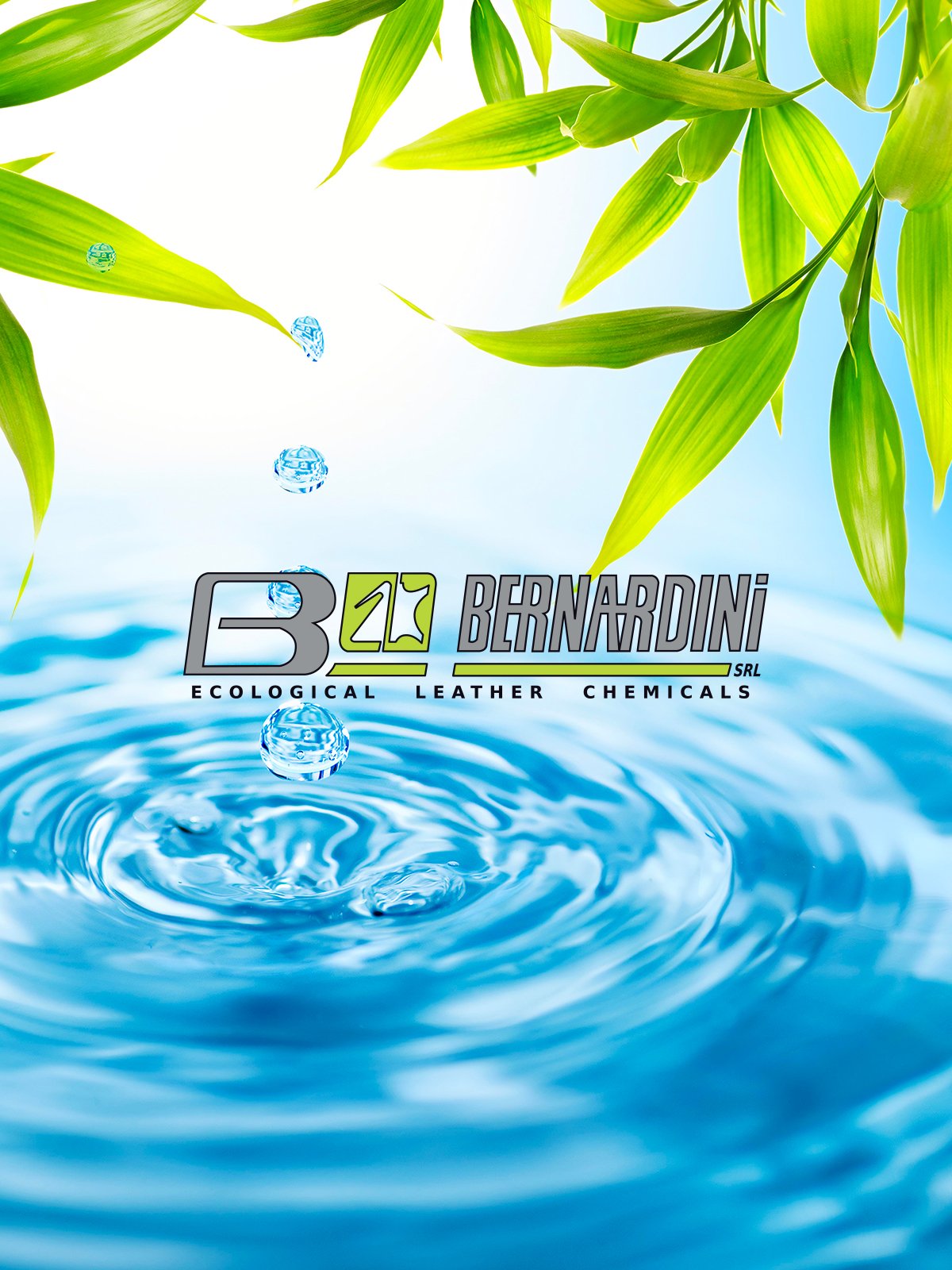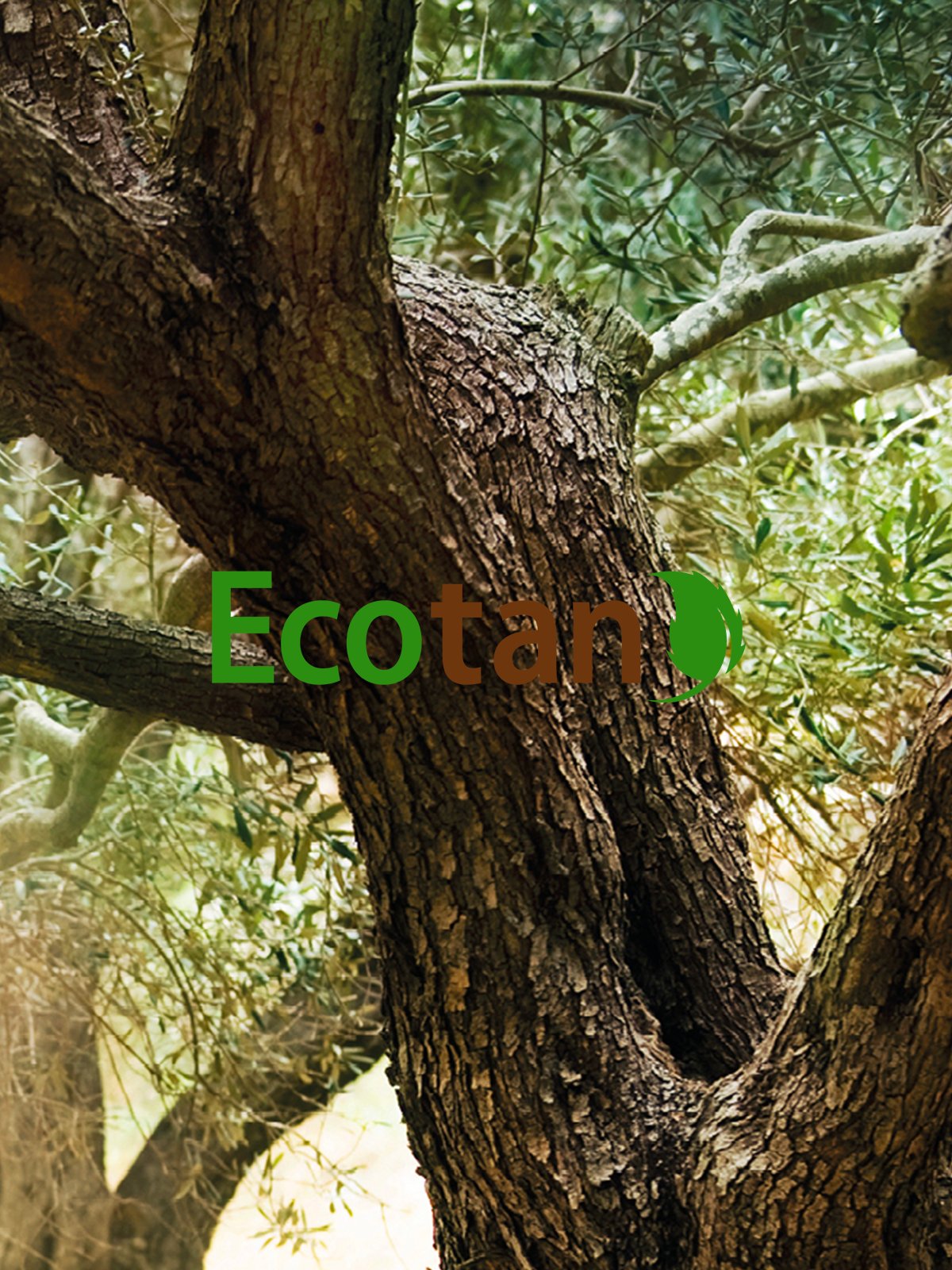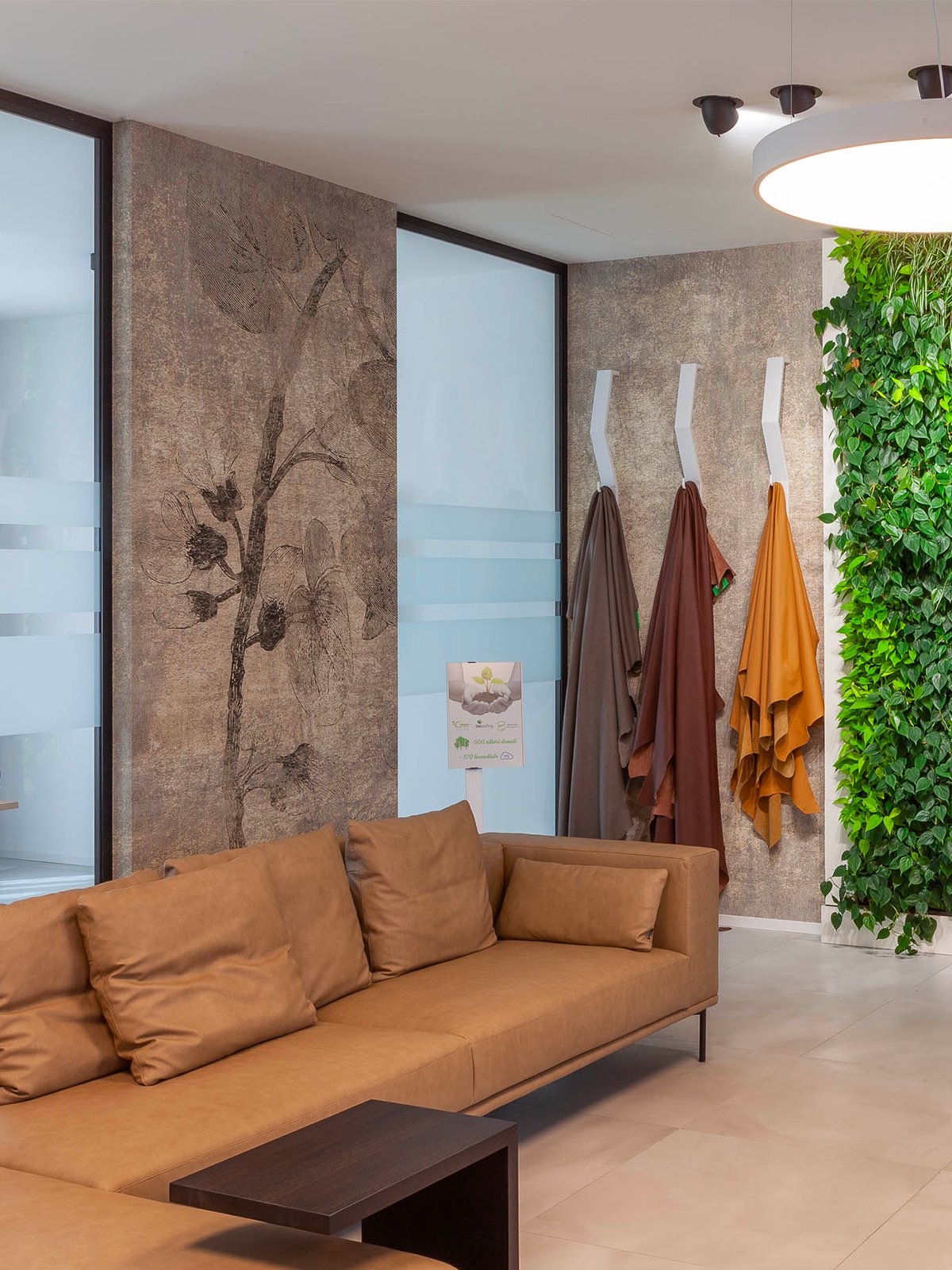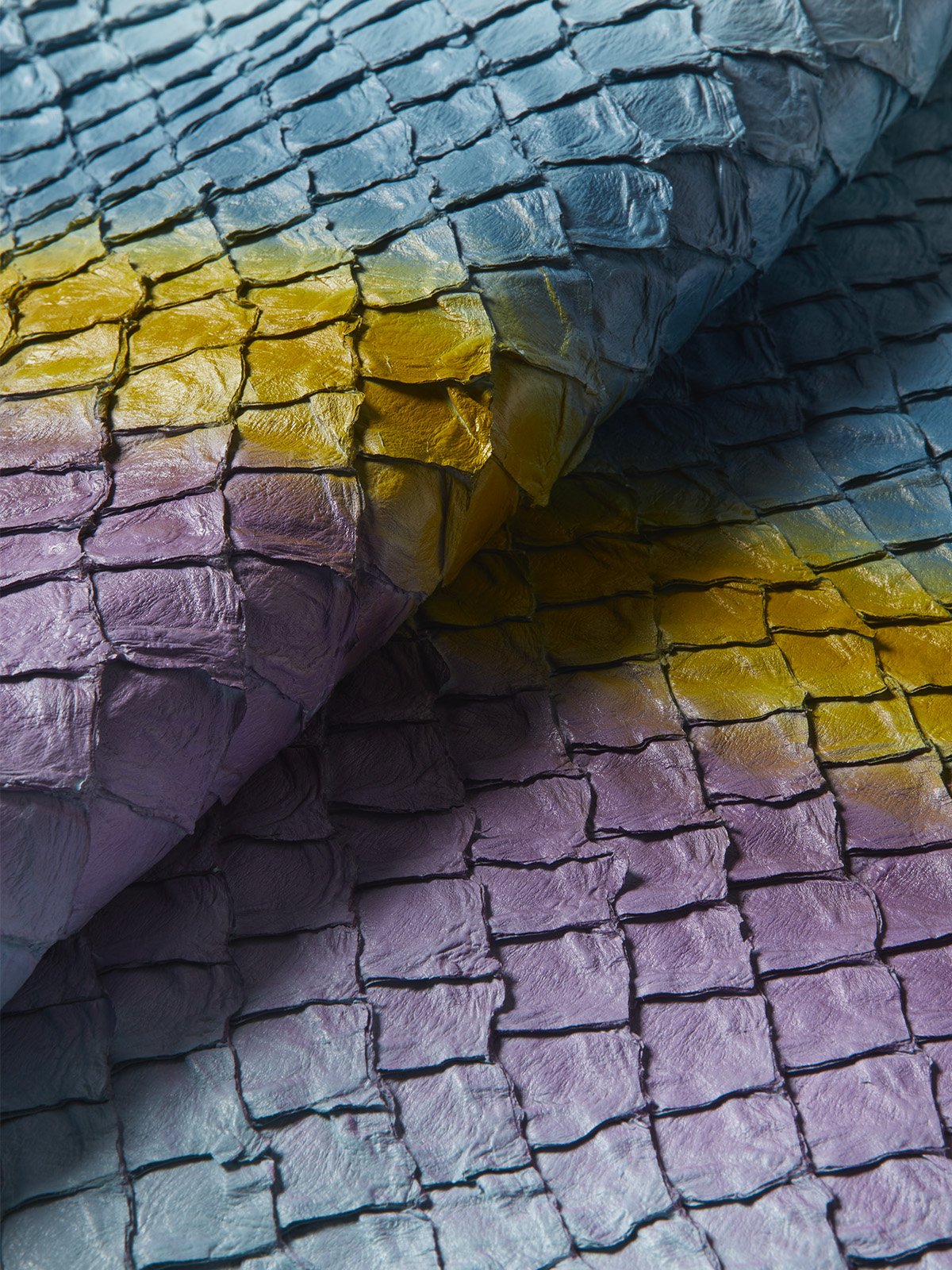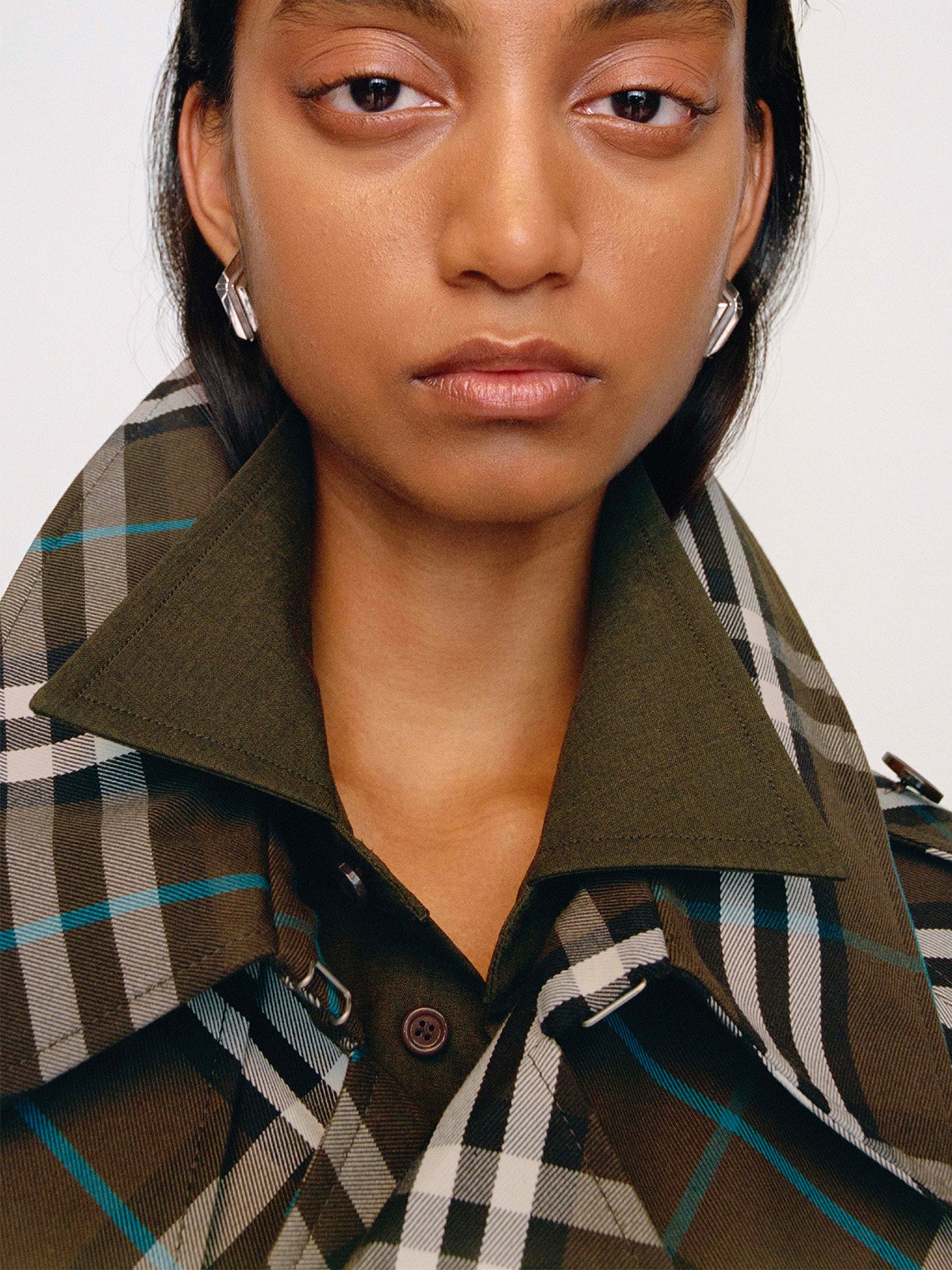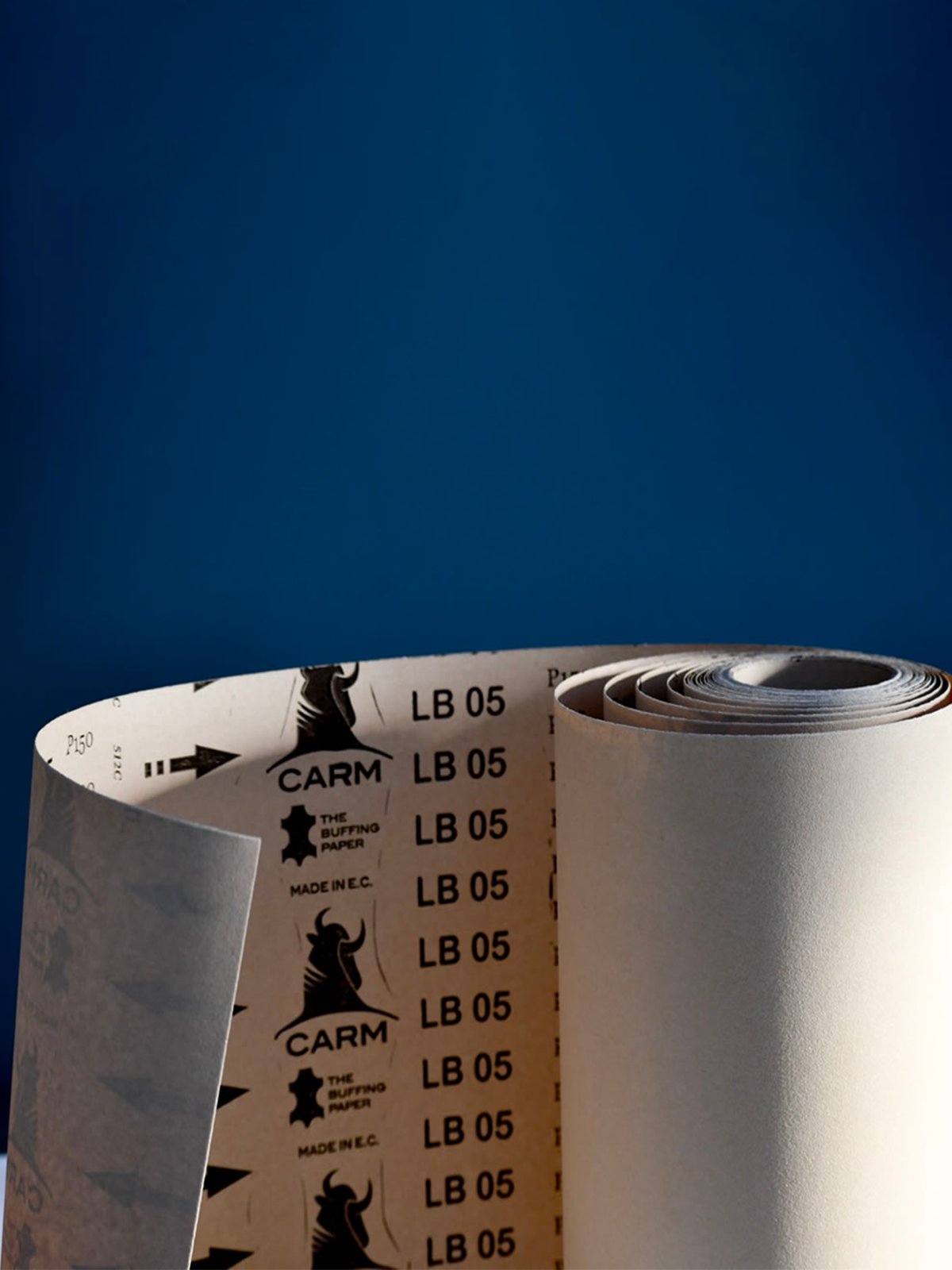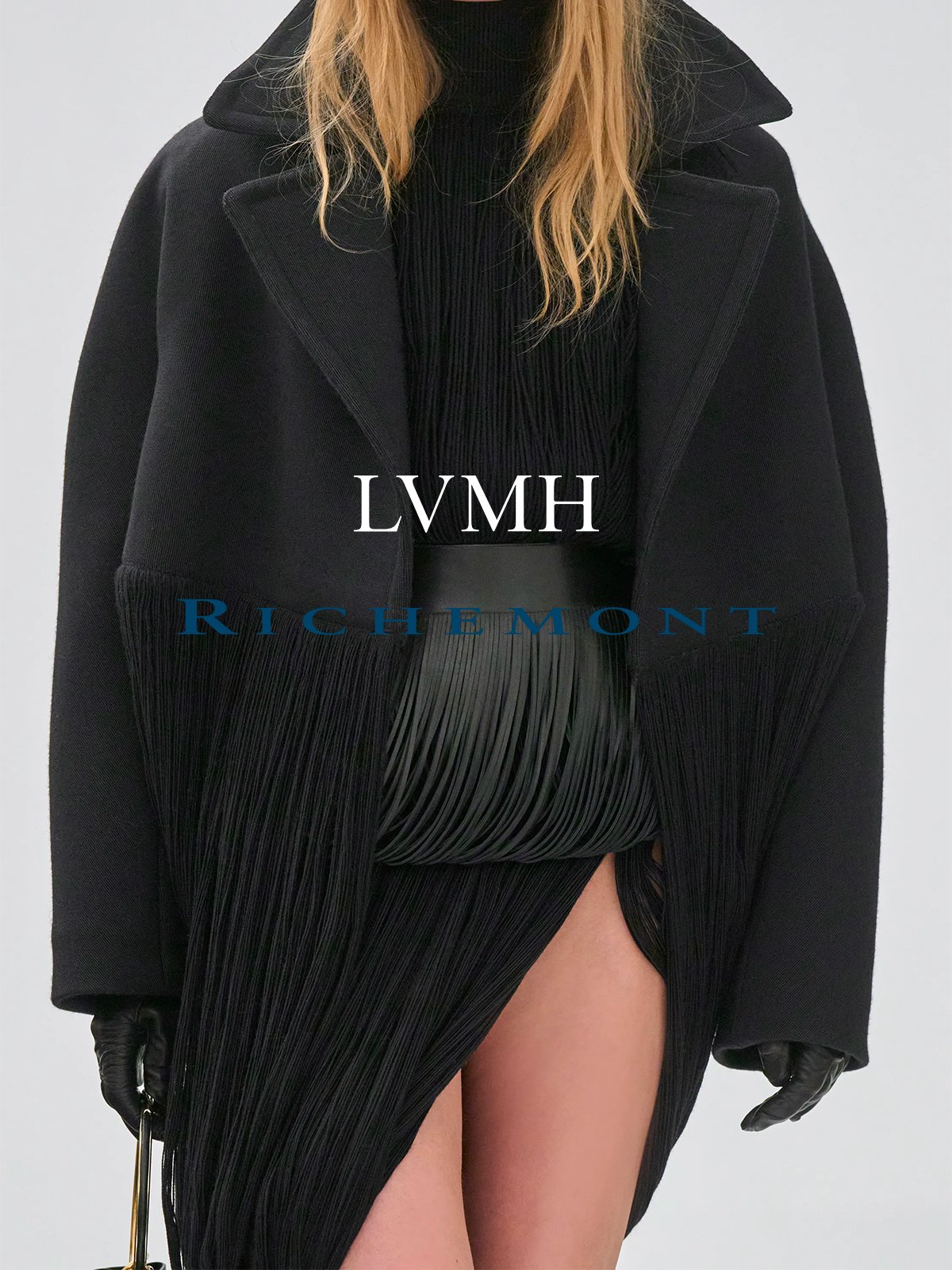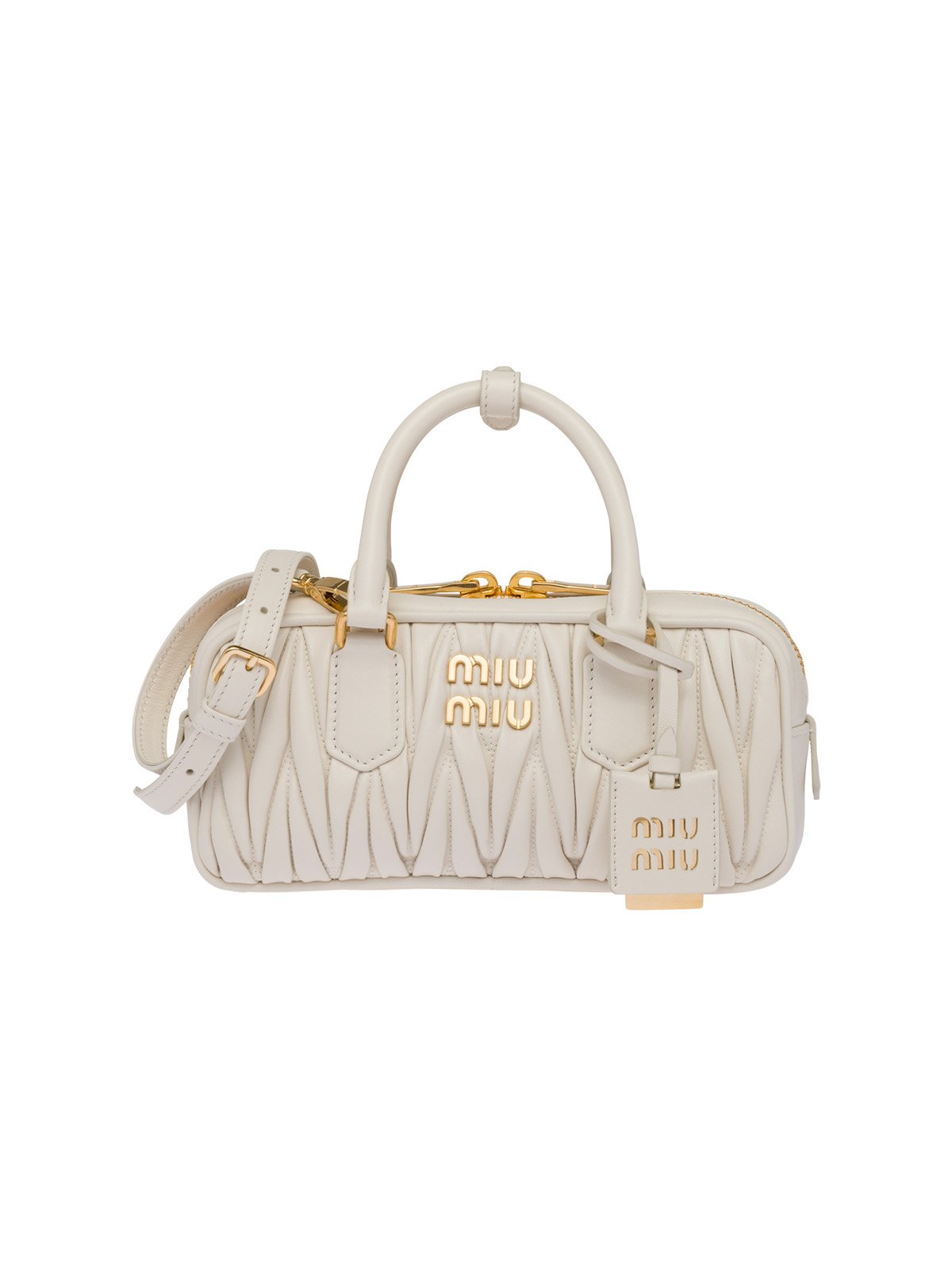News
Spring/Summer 2025 trends by Première Vision Paris and the new environmental challenges

Ms. Suter, let's start with colors: what to expect from the S/S 2025 season?
"The trend sees natural colors in the foreground. Shades are bleached and lightened by overexposure to light that gives an opalescent effect. The top color of the season for this trend is "Milky Yellow." Also for more toned colors, the focus is on vibrant shades, but very measured in their intensity that do not smother the natural surfaces of the skin. Here the top colors are "Turquoise Enzyme" and "Coral Sirop," surprising evolutions of blues and reds, respectively. Finally, unfailingly the emblematic leather colors: "Orange Shot," "Bordeaux (fuchsia shade)" and "Brown (raw sugar)." In the S/S 2025 season, these colors are especially vibrant with glossy shades."
What, on the other hand, is the theme behind the new edition of Première Vision Paris?
"The common thread this season is mutation. The leather industry is already changing, urged on by the big Luxury groups and society itself, which must respond concretely to environmental challenges. The leather manufacturing sector must compulsorily start thinking and working organically. Everyone must be involved, including those upstream in the supply chain. Thinking about the finished product without thinking about everything else is no longer possible today. Therefore, during the fair we presented the project "360° Leather: from Farm to Tech". Here we decided to gradually integrate into our approach to the subject matter the issues and solutions that will shape the leather industry of tomorrow: new technologies, agriculture and animal husbandry, and solutions for smarter resource consumption that will reduce environmental impact without losing performance quality."
Where are tanneries on this path of change?
"Our tanners have been anticipating some environmental sustainability issues for years now. Think chrome and nickel - free conce, or vegetable tanning, all designed for circular and renewable processing. In addition, much significant progress has been made in meeting LWG certification criteria. Not to mention good practices in resource management for better energy conservation and reduced carbon footprint, use of renewable energy, and better water management. The road is the right one because from now on, tanners and their partners will have to face new challenges that go far beyond the technical issues, which they have always faced thanks to their formidable ability to invent and adapt."
One of the hottest issues in the industry is also total product traceability from the animal...
"This is definitely one of the most important challenges. Traceability of the hide must start from the farm itself. This is possible with new physical and/or digital tracking tools, hide marking technologies, and certified circuits for raw or semi-finished hides. Expectations have therefore been raised for sourcing hides where good social, environmental and animal welfare practices are certified, right from the farm."

